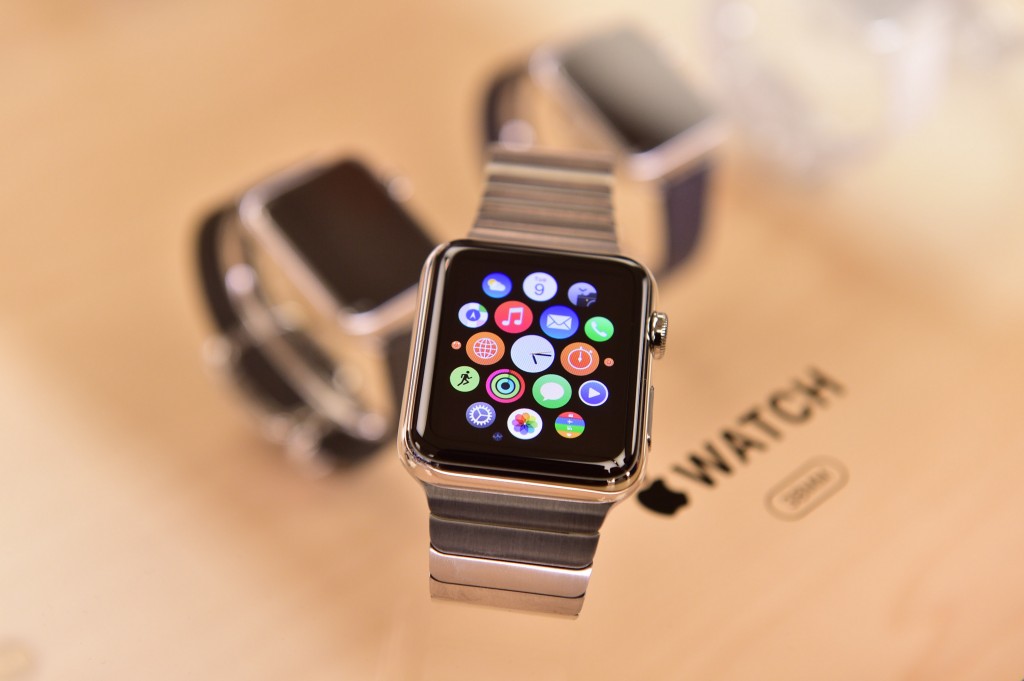Apple Watch delays findependence
The low-end model could set you back 17 days
Advertisement
The low-end model could set you back 17 days

| Name | Price | P/B | P/E | Earnings Yield | Dividend Yield |
|---|---|---|---|---|---|
| BCE (BCE) | $54.94 | 4.22 | 18.44 | 5.42% | 4.73% |
| Potash (POT) | $41.25 | 3.35 | 20.4 | 4.90% | 4.66% |
| CIBC (CM) | $94.38 | 2.05 | 13 | 7.69% | 4.49% |
| Rogers (RCI.B) | $43.42 | 4.08 | 16.64 | 6.01% | 4.42% |
| Bank of Nova Scotia (BNS) | $64.41 | 1.66 | 11.26 | 8.88% | 4.22% |
| National Bank (NA) | $47.72 | 1.81 | 10.92 | 9.16% | 4.19% |
| Bank of Montreal (BMO) | $78.33 | 1.48 | 12.37 | 8.08% | 4.09% |
| Shaw (SJR.B) | $29.30 | 2.97 | 16.37 | 6.11% | 4.04% |
| Royal Bank (RY) | $79.60 | 2.24 | 12.66 | 7.90% | 3.87% |
| TransCanada (TRP) | $55.47 | 2.34 | 22.55 | 4.43% | 3.75% |
Share this article Share on Facebook Share on Twitter Share on Linkedin Share on Reddit Share on Email